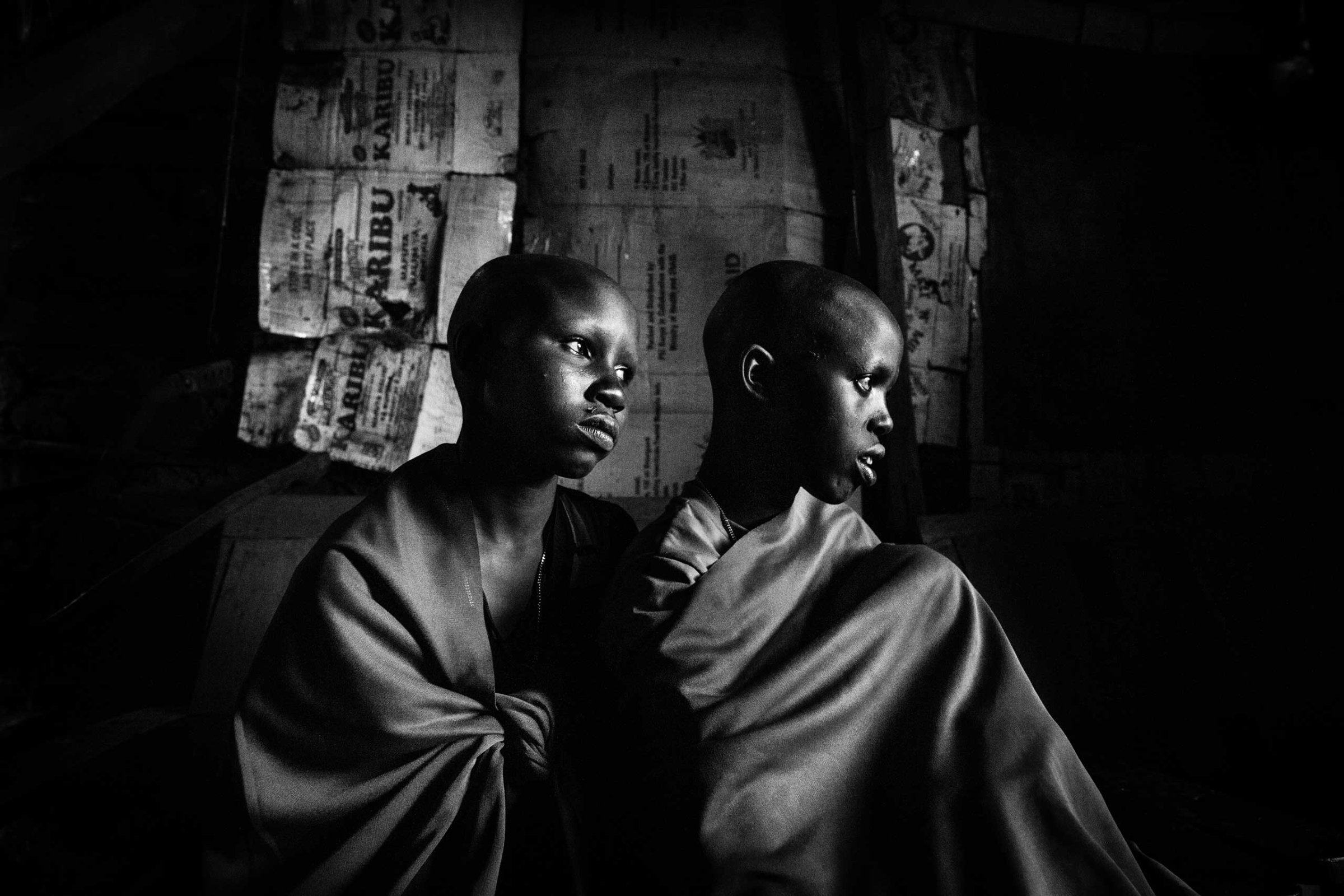
As the world marks the annual International Day of Zero Tolerance for Female Genital Mutilation on Feb. 6, the U.N.’s commitment to ending a practice it calls “a violation of the human rights of girls and women,” it’s worth remembering just how far away that goal remains.
Despite a drop in recent years, female genital mutilation or circumcision is still practiced and valued in some 30 countries, mainly in Africa and the Middle East, under the belief that girls must be “cut” in order to prepare them for marriage. The procedure ranges from snipping off a piece of the clitoris to the removal of all external genitalia and can lead to a litany of health issues, from urination problems, cysts and infections to severe bleeding, infertility or complications during childbirth. The U.N. estimates more than 125 million girls and women are living with the often-horrific consequences of FGM/C. Finnish photographer Meeri Koutaniemi witnessed two step-sisters, Isina and Nasirian (not their real names), from the Maasai tribe in Kenya, endure the illegal practice in late November.
Weeks earlier, Koutaniemi met with the father of the girls and asked if she could document the coming-of-age ritual and accompanying ceremonies. Her fixer had already been in contact with him, the girls’ mothers and other villagers to discuss the possible visit. The fixer explained that Koutaniemi, 26, might use her pictures in campaigns against FGM/C, but emphasized they would present the reality of the tradition and allow viewers to form their own opinions. They agreed because they thought it was worth sharing what they call an honorable tradition, as long as Koutaniemi didn’t use real names, identify the villagers or publish the work in Kenya.
Koutaniemi arrived the day before the procedure. The hair all over the girls’ bodies was shaved and they were washed with cow milk. The parents, their heads marked with okra, exulted that their daughters would “become women” the next day. Animals were slaughtered for the feast that night. The girls appeared prepared but emotionless, sparing shame on their father. To cry meant weakness; to resist meant they would be shunned. In such a small community, they could afford neither.
“The fear comes when the actual ritual starts,” Koutaniemi said. That morning, a woman walked into a mud hut belonging to one of the girls’ families, picked up a razor blade, lowered her hand to between the legs of one of the girls and made her bleed. The room was dark, save for a flashlight brandished by a child. Blood spilled onto the woman’s hands, then the floor. The screams paired with tears as women held the girl’s legs and arms. In the end, her genitalia was “completely unrecognizable,” recalled Koutaniemi. “They didn’t leave anything.”
The procedures were done in the girls’ homes, where they would stay for four weeks to recover and tend to wounds that continually scab, break and bleed. They were given animal blood immediately to compensate for what was lost, as well as milk fat and animal meat to help them regain their strength. Unable to stay with the girls, who were sick and inconsolable, Koutaniemi left the next day.
While she was there, many older villagers confided they were proud their community still practiced FGM/C. “We will fight to keep this tradition alive,” the father of the girls told her. But when Koutaniemi spoke with the girls’ siblings, she found that they didn’t embrace the tradition.
Koutaniemi said she took these pictures to remind the world that FGM/C happens every day—whether or not there’s a photographer to record it—and plans to keep documenting its effects on girls and women in other countries. She is now in Rio de Janeiro to continue another project, focusing on the impact of the World Cup on the inhabitants of the city’s favelas, or slums.
Meeri Koutaniemi is a Finnish freelance photojournalist working in Helsinki and abroad on international projects. She is represented by Echo photo agency.
Andrew Katz is a reporter with TIME covering international affairs. Follow him on Twitter @katz.
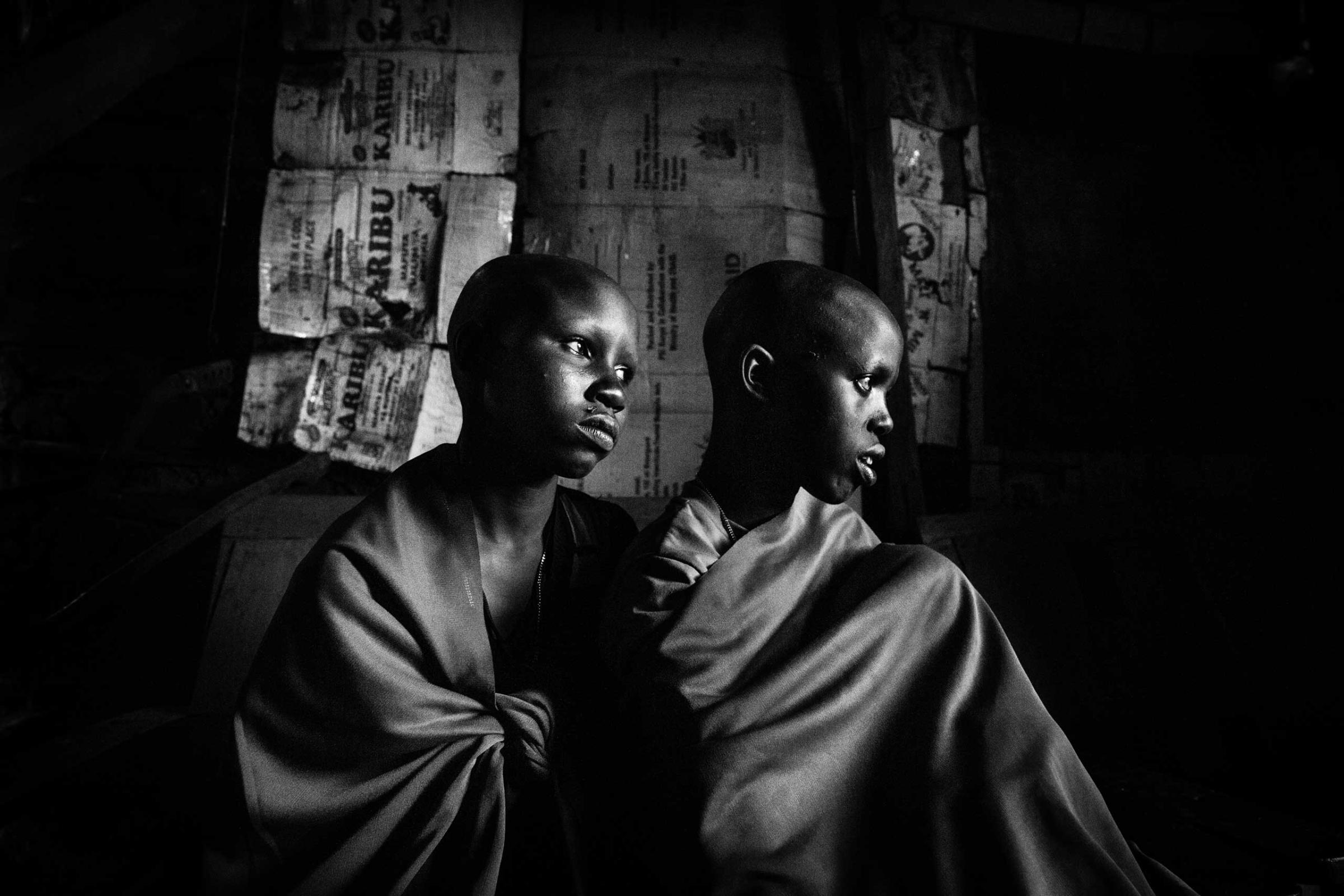

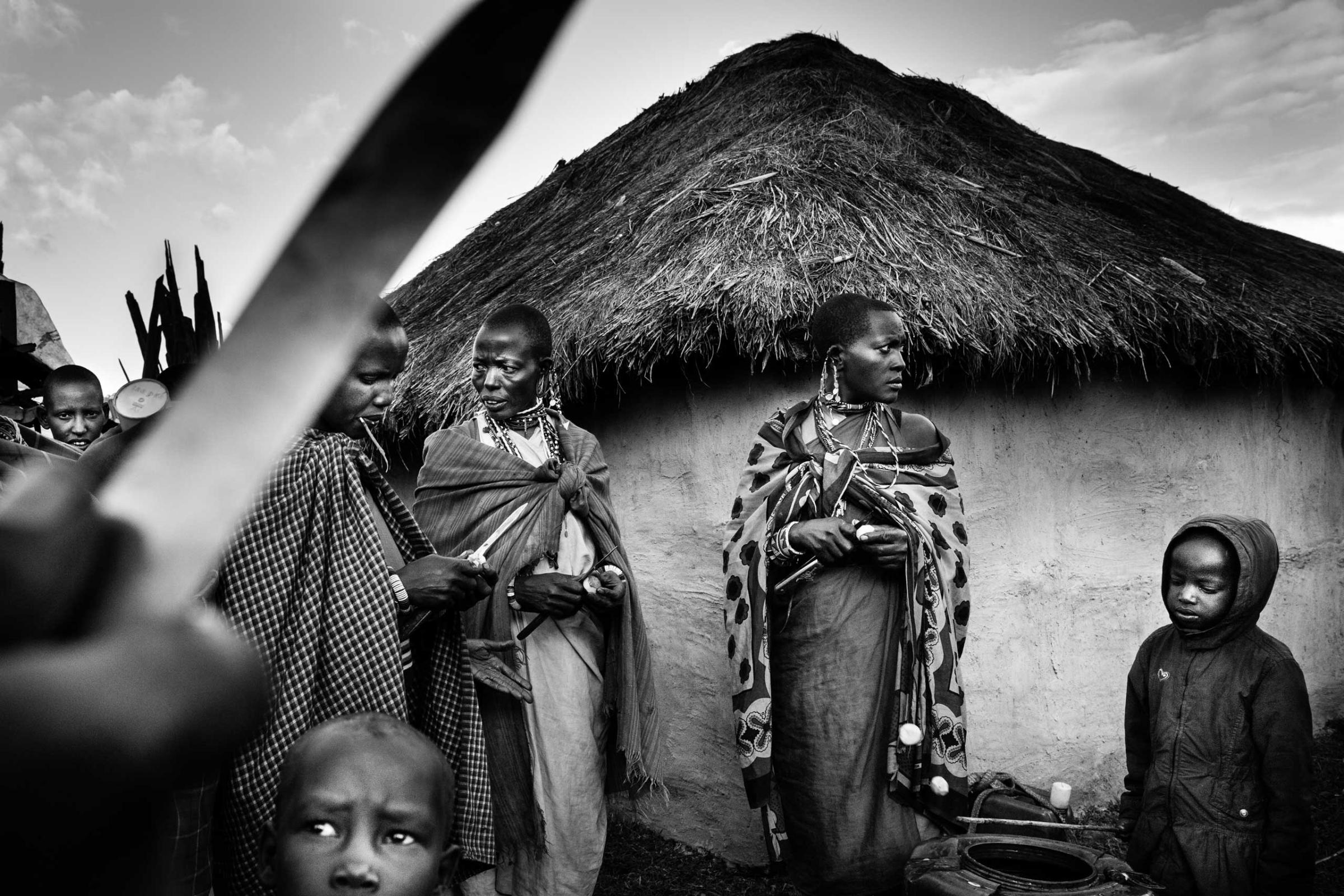

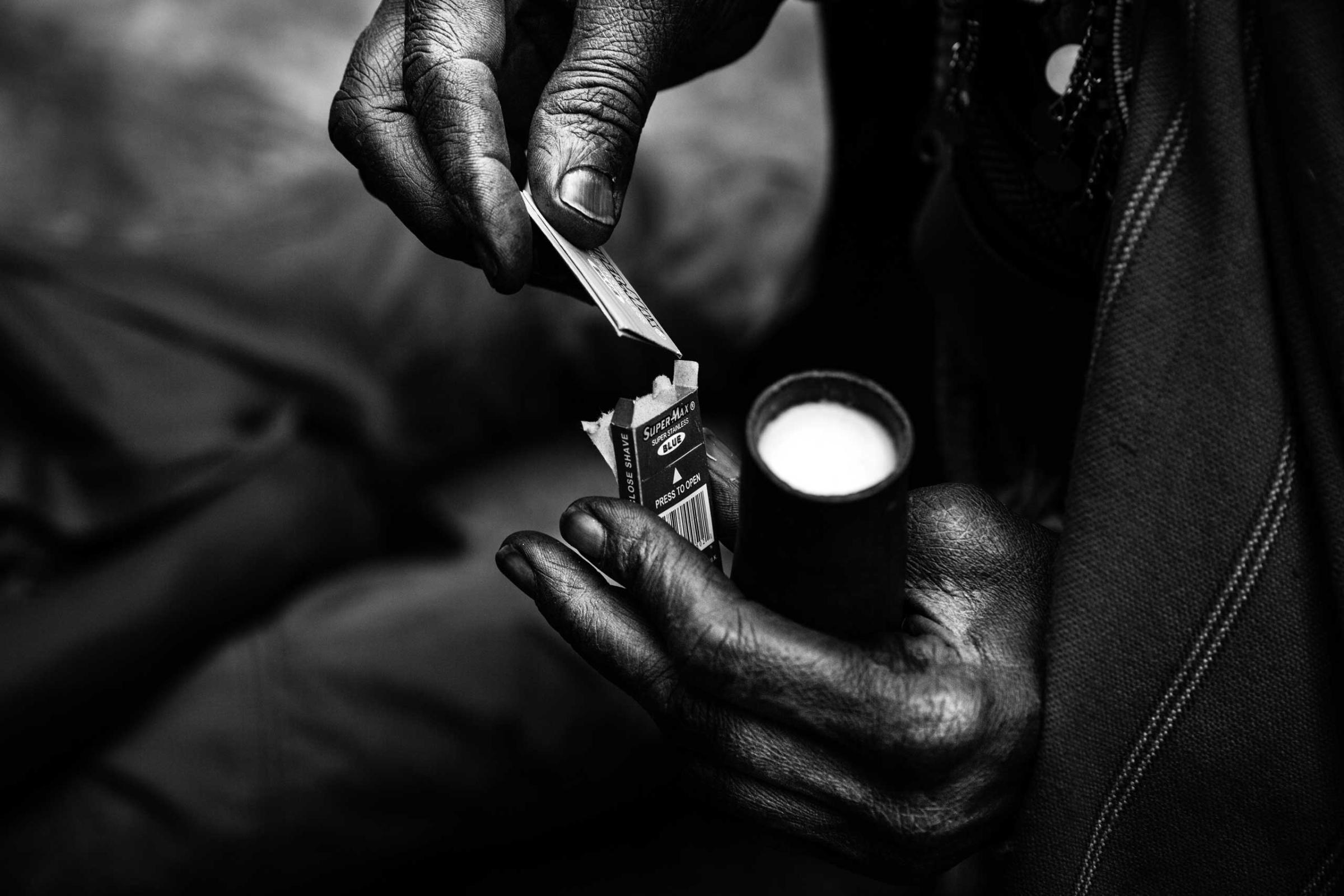
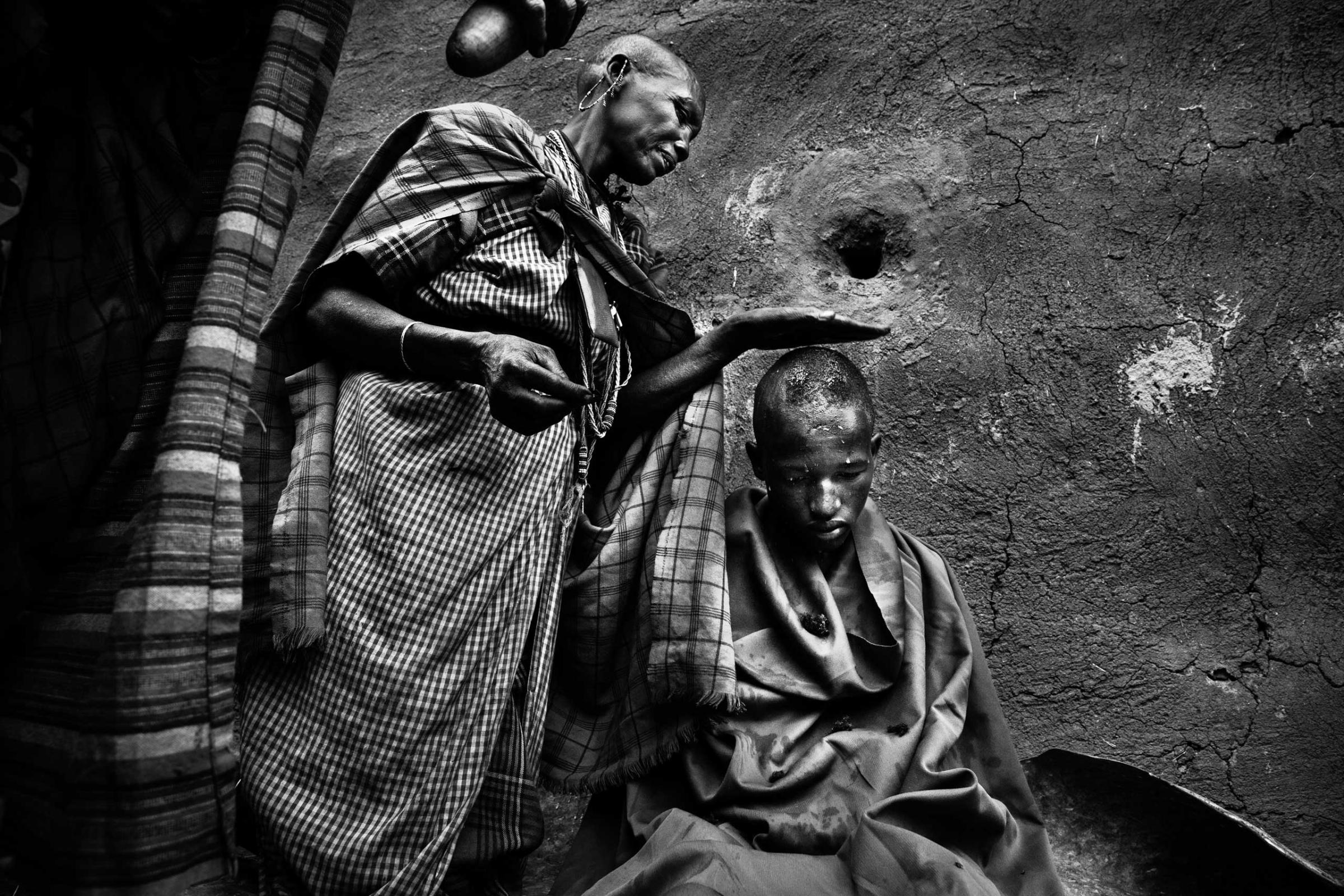
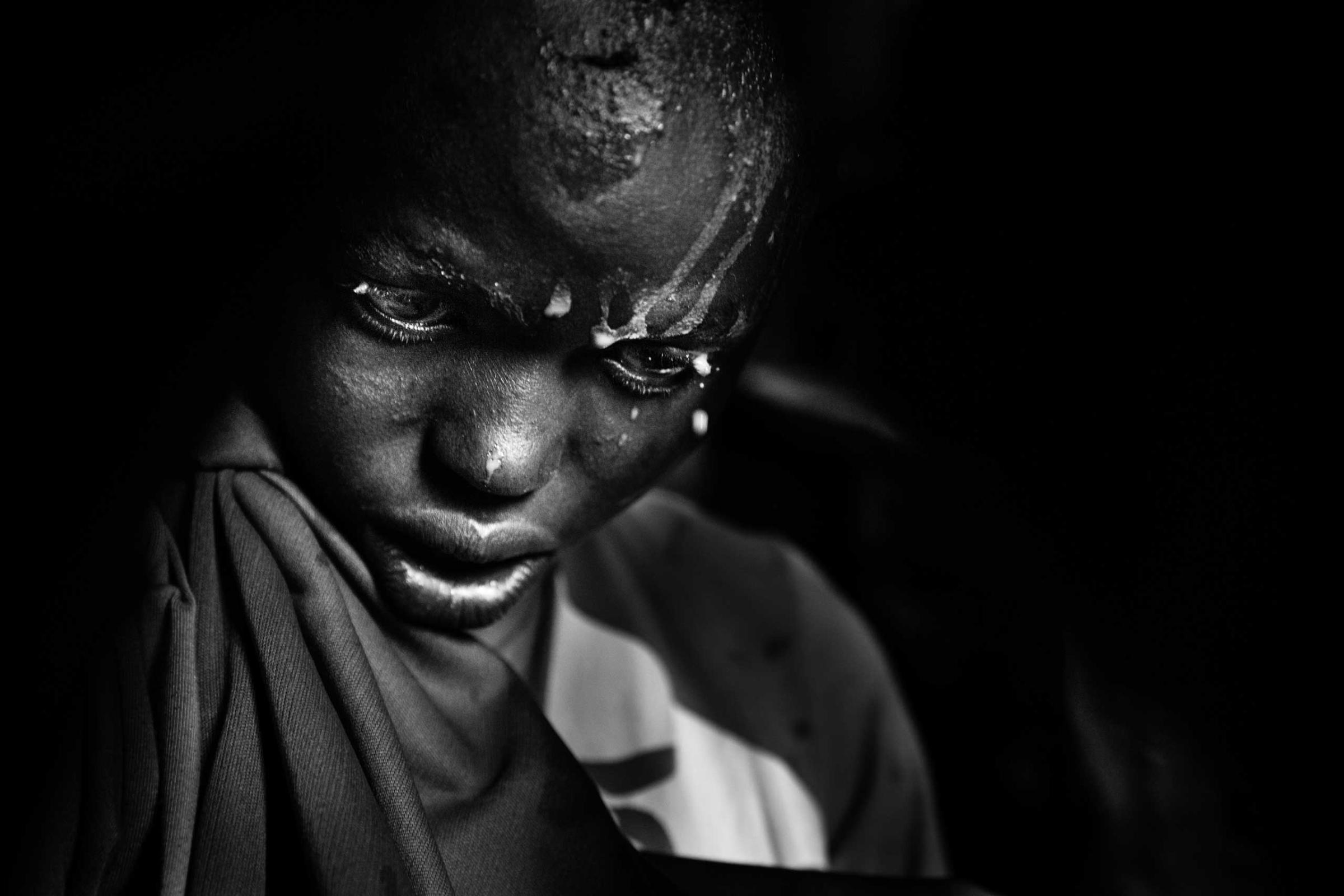
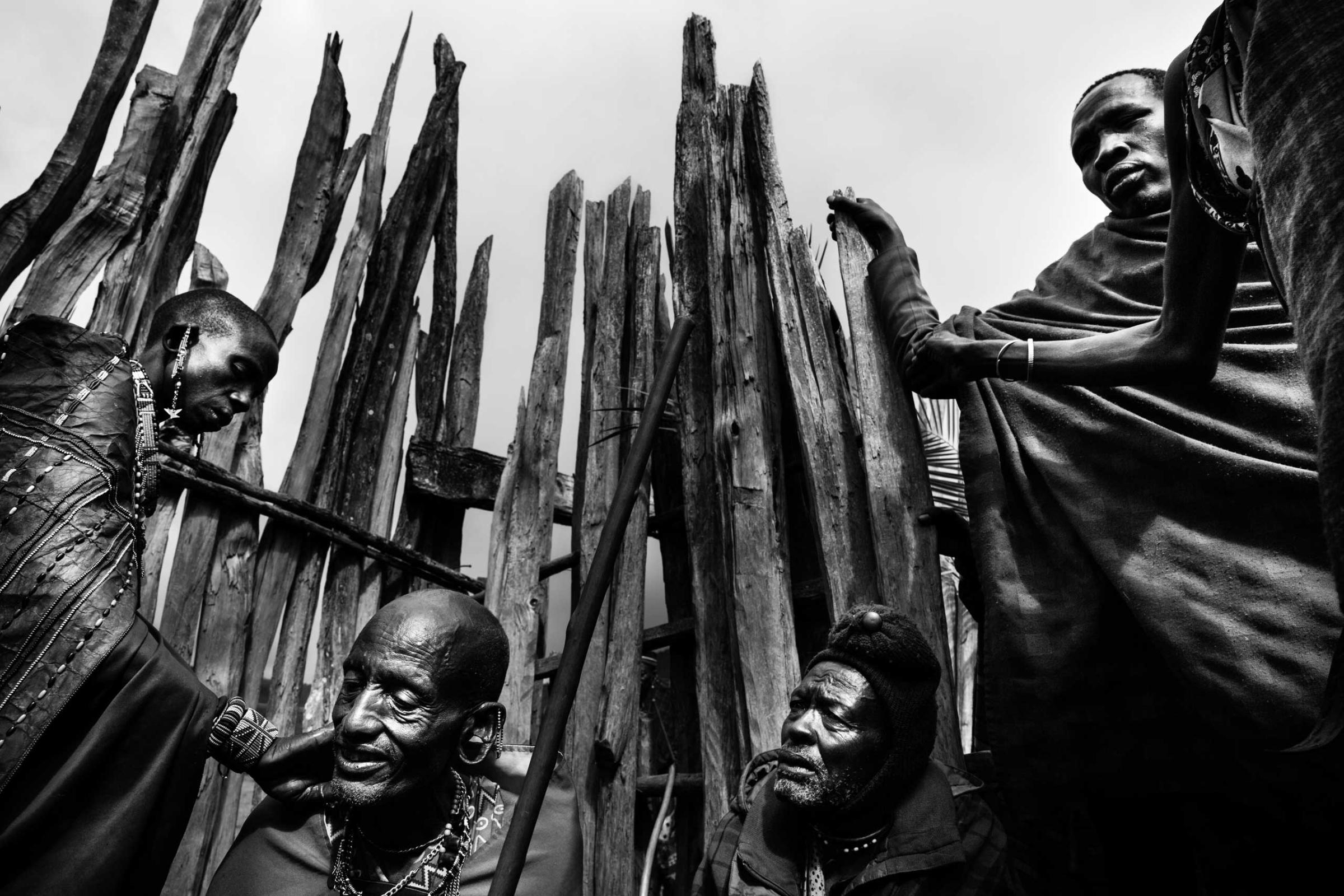
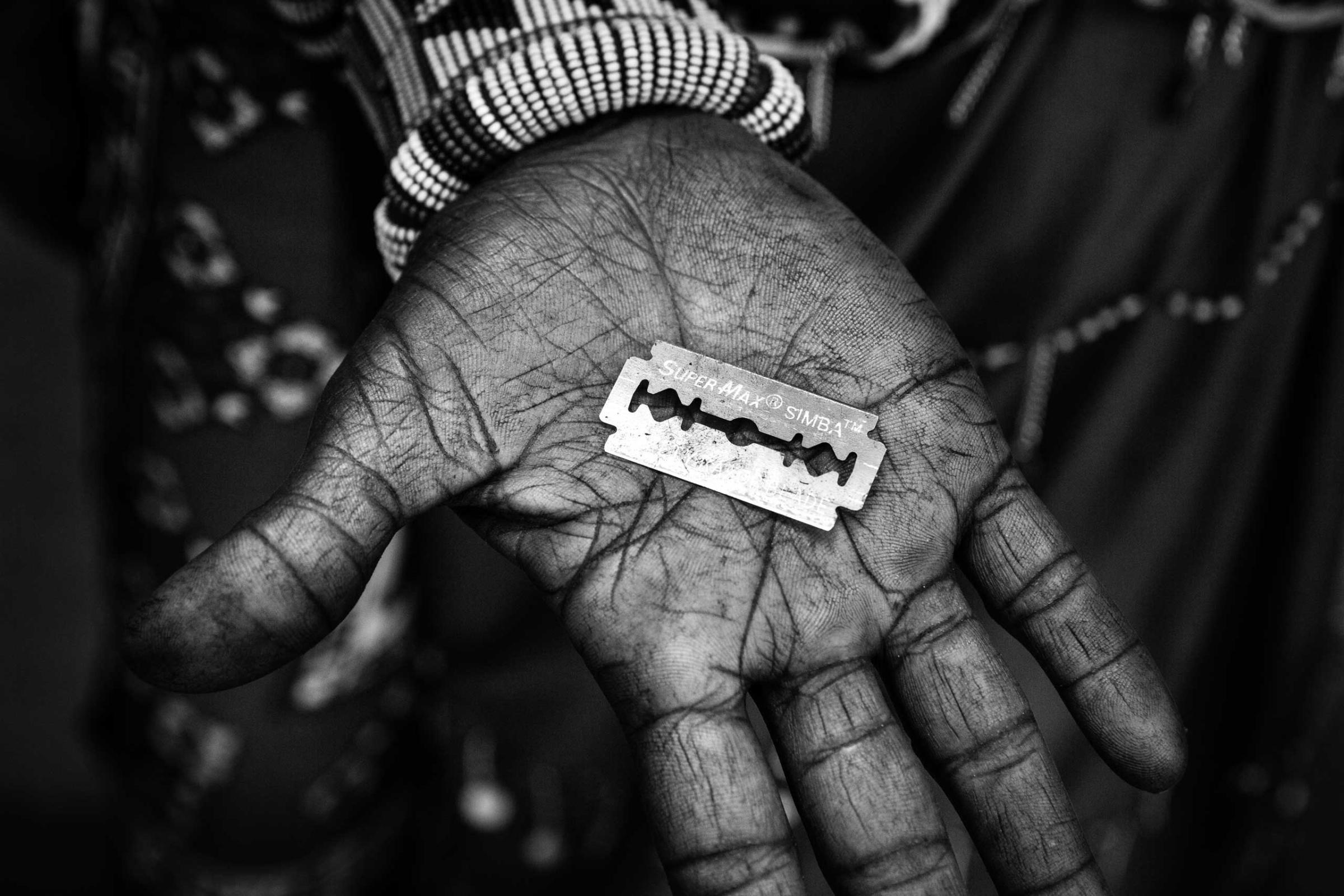
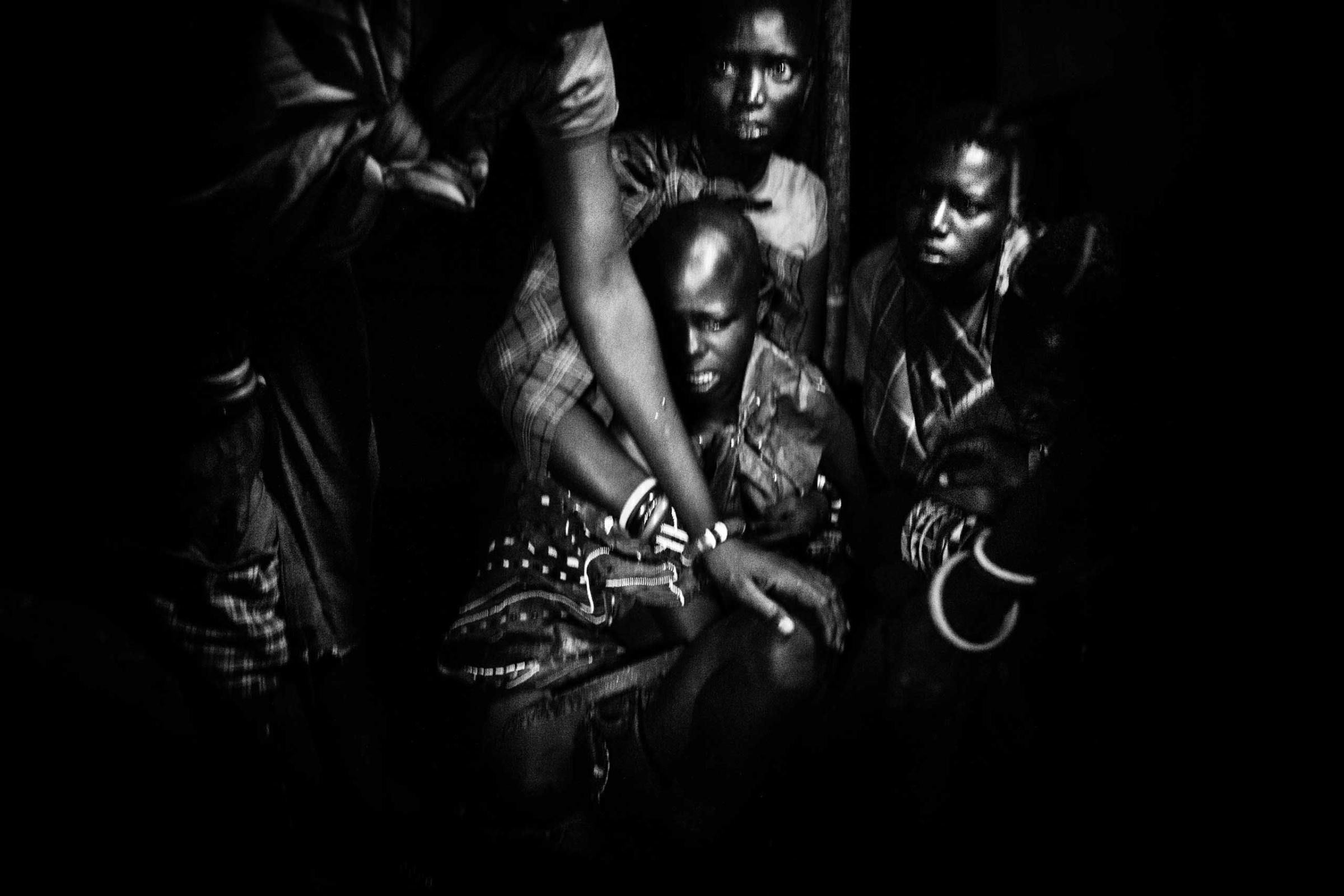
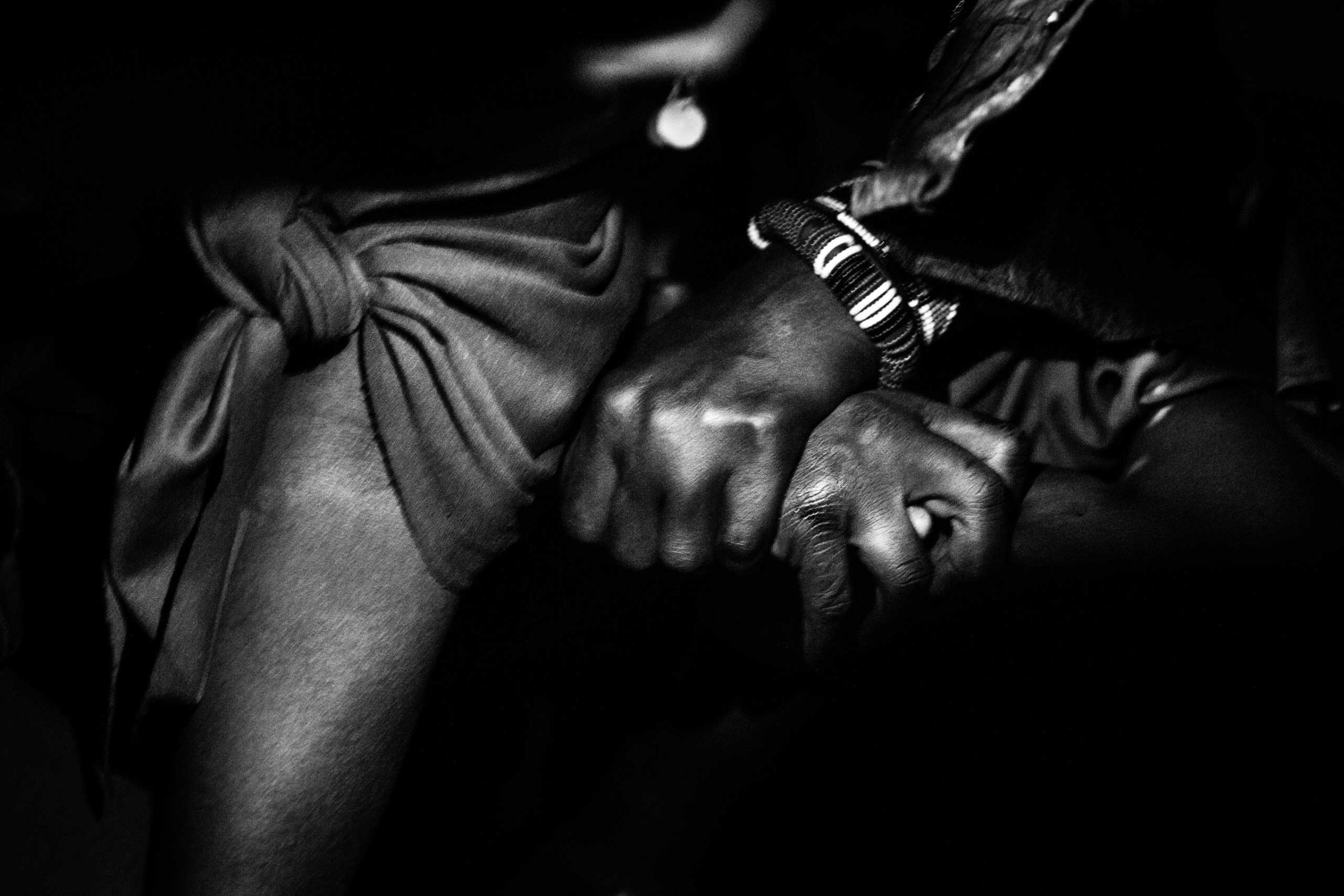
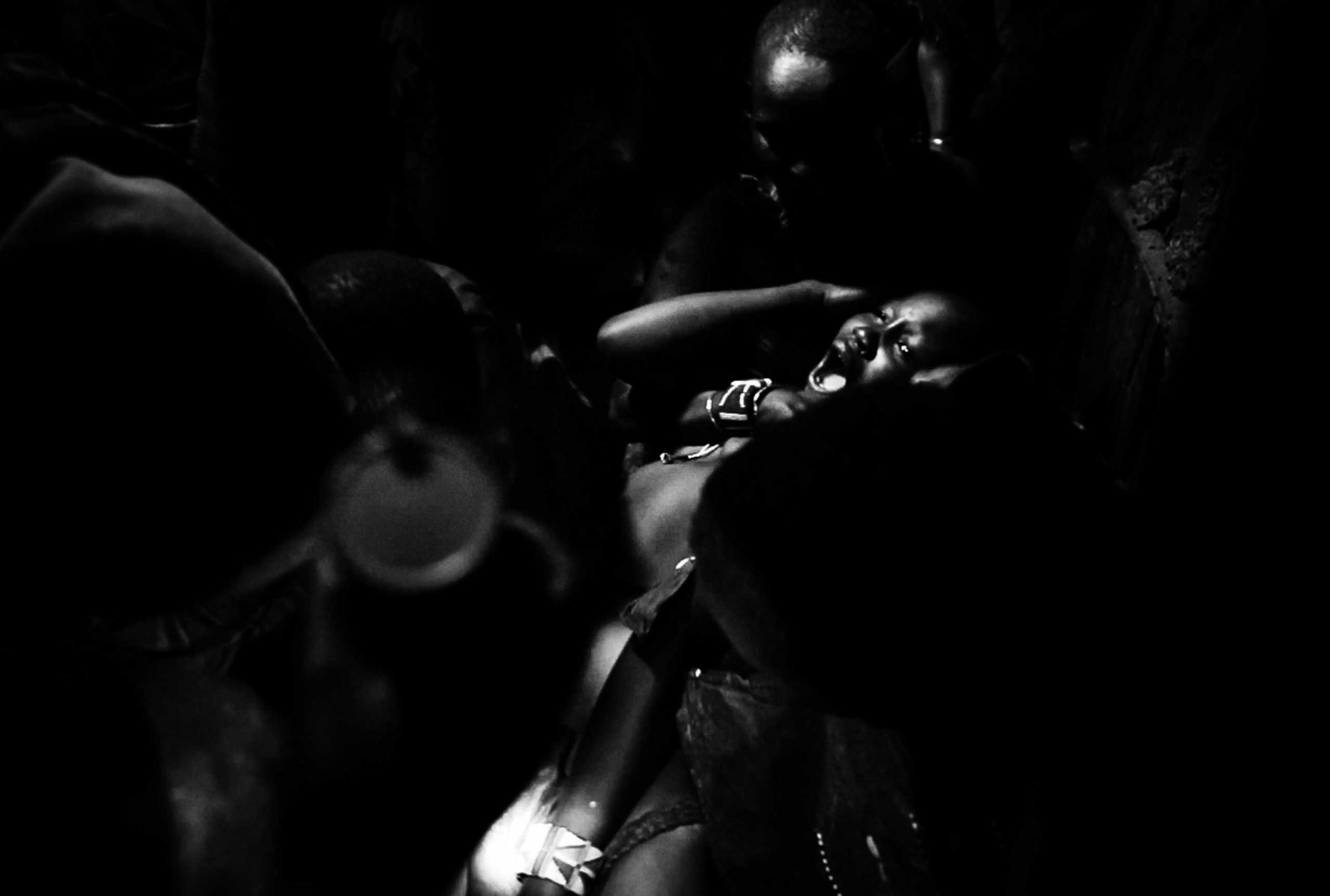

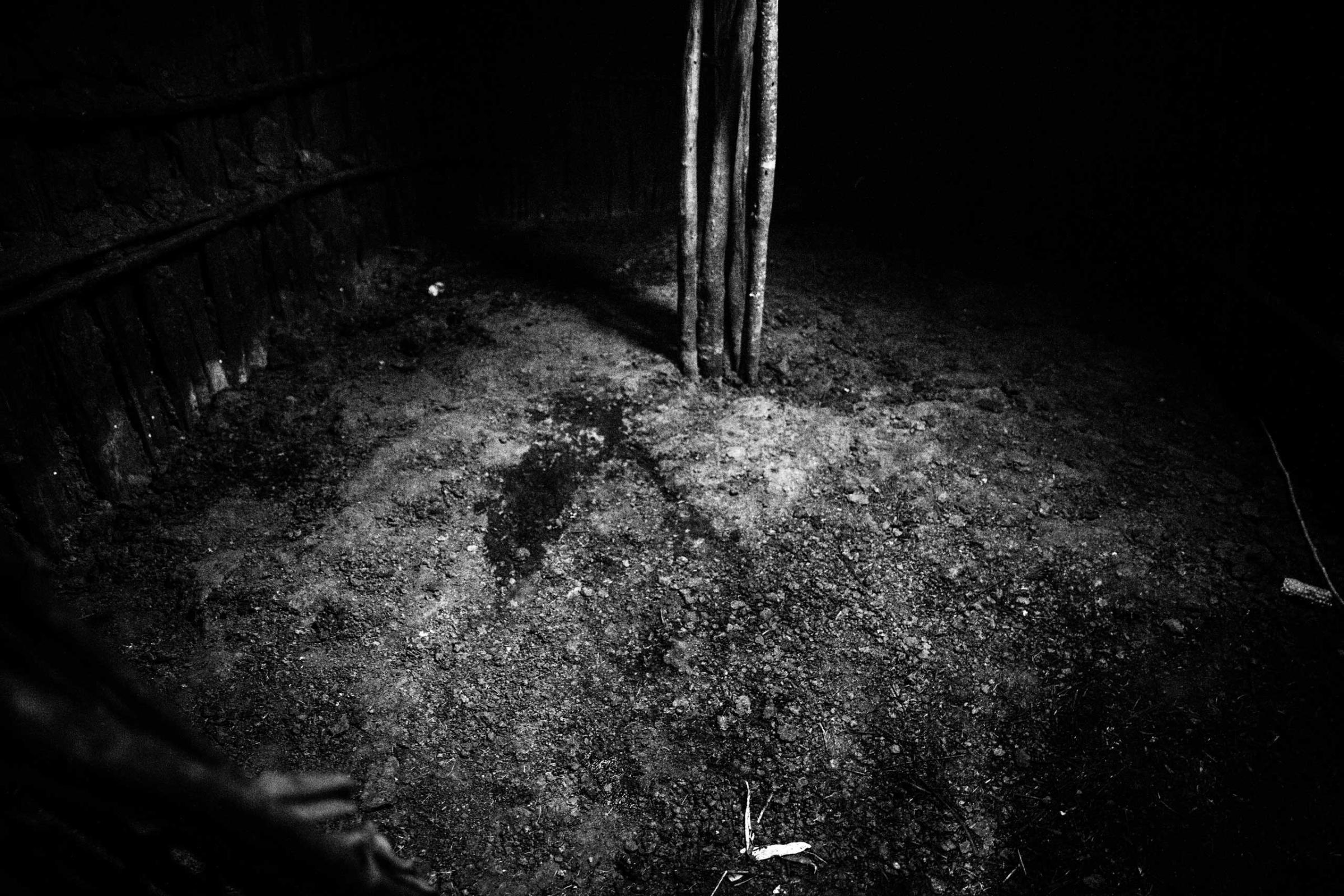

More Must-Reads From TIME
- The 100 Most Influential People of 2024
- The Revolution of Yulia Navalnaya
- 6 Compliments That Land Every Time
- What's the Deal With the Bitcoin Halving?
- If You're Dating Right Now , You're Brave: Column
- The AI That Could Heal a Divided Internet
- Fallout Is a Brilliant Model for the Future of Video Game Adaptations
- Want Weekly Recs on What to Watch, Read, and More? Sign Up for Worth Your Time
Contact us at letters@time.com